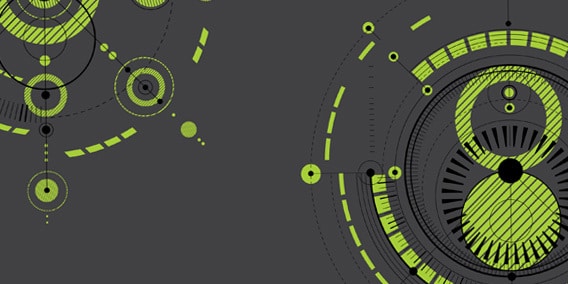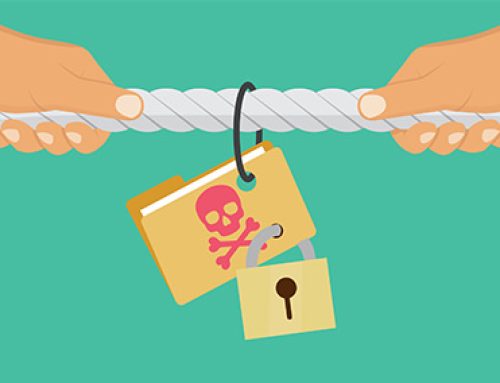It’s the end of the year and you know what that brings: lots of predictions and reports about IT trends, usually with some data thrown in. How are CSOs stopping cyberattacks? How are teams dealing with Shadow IT challenges? You know the drill.
Our opinion at Quorum: there isn’t always a whole lot of useful information about backup and data recovery solutions in these reports. So we decided to do our part and conduct up a thorough survey at the real struggles and solutions happening today. The result: our State of Disaster Recovery Report 2016.
We conducted this survey because we want to know how the face of BDR is changing for organizations of all sizes. There are so many articles these days focusing on different facets of cloud migration, DRaaS, ransomware, RTOs, compliance, and vendor management. But these dialogues don’t always add up to a comprehensive picture of the day-to-day BDR experience.
For the survey, we talked to C-suite leaders, vice presidents and IT directors. These are the people fighting the good fight with threats and disasters every day. They are all responsible on some level for delivering constant uptime and recovering from painful crises. We found that specific BDR issues aren’t just enterprise challenges or small business struggles – every organization facing the possibility (or the reality) of a natural disaster or cyberattack must find ways to achieve business continuity and secure backups. Uptime isn’t the only goal these days; savvy teams want performance and scalability and cost savings too.
Our survey asked these leaders 10 questions about their risks and challenges and the solutions they’ve found. Their answers gave us an idea of where this industry is headed, next month, next year and into the future. What did we find out? All kinds of interesting information, like:
• 75% of you are using cloud-based disaster recovery solutions. 36% opt for a hybrid on premise and cloud model, and 39% use DraaS only. • You’re juggling multiple BDR solutions in your quest for peace of mind. 64% of you use using more than 3 different disaster recovery solutions while 26% use more than 5. • You know you need faster recovery but many of you just aren’t there yet: more than a quarter say of you say it would take you hours to recover from server failure. • Security is at the top of your mind, with more than half of you worried more about security threats than hardware failure or backup disk corruption – and more than 77% of you have relied on your disaster recovery solutions after a security threat event.
All in all, it’s obvious that many of you are no longer willing to tolerate outdated BDR solutions and the frustrating delays and labor they involve. That’s good news. Even better news: the right solutions are available.
If you want to find out what else other IT leaders revealed, you can see the full report here.





